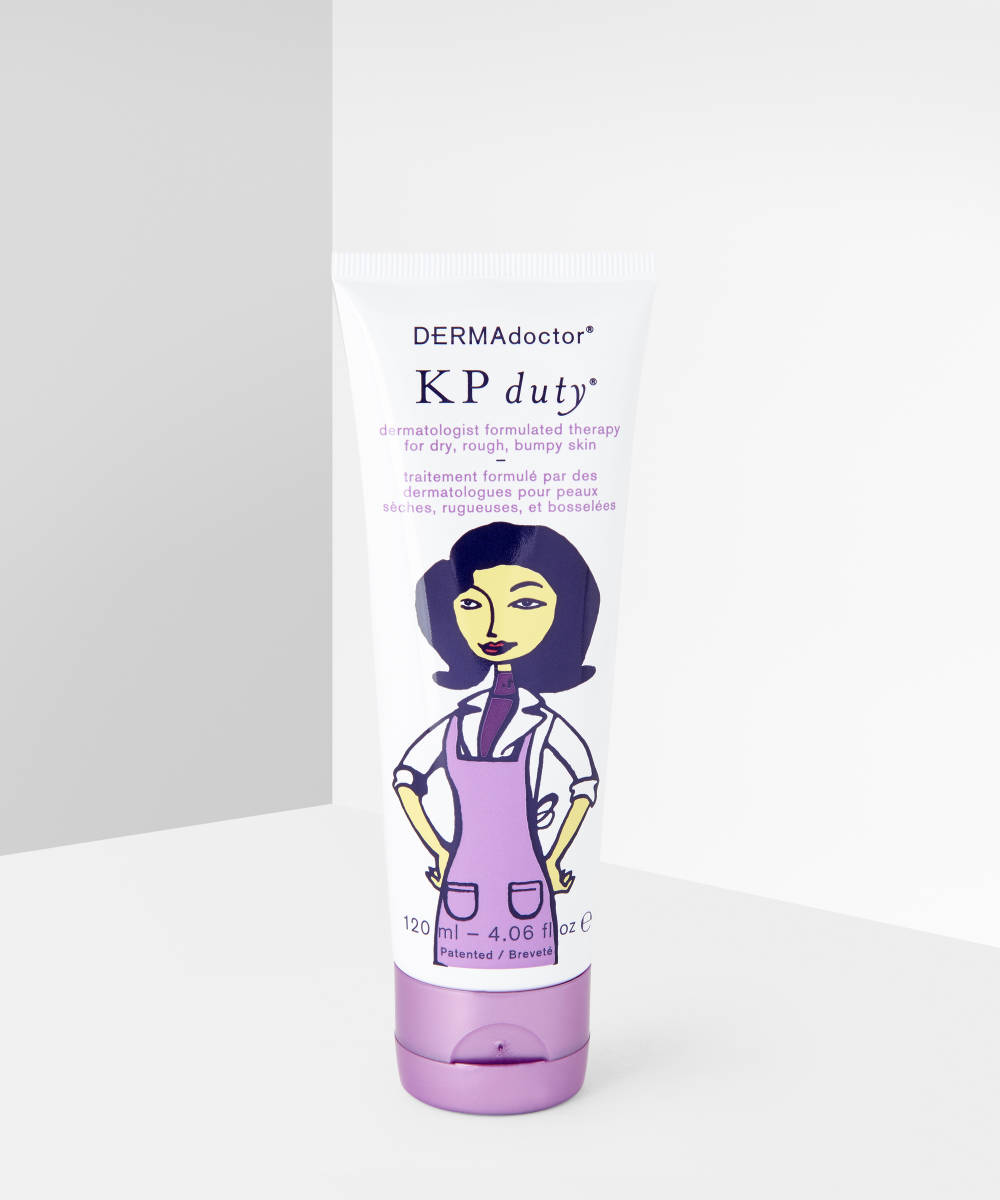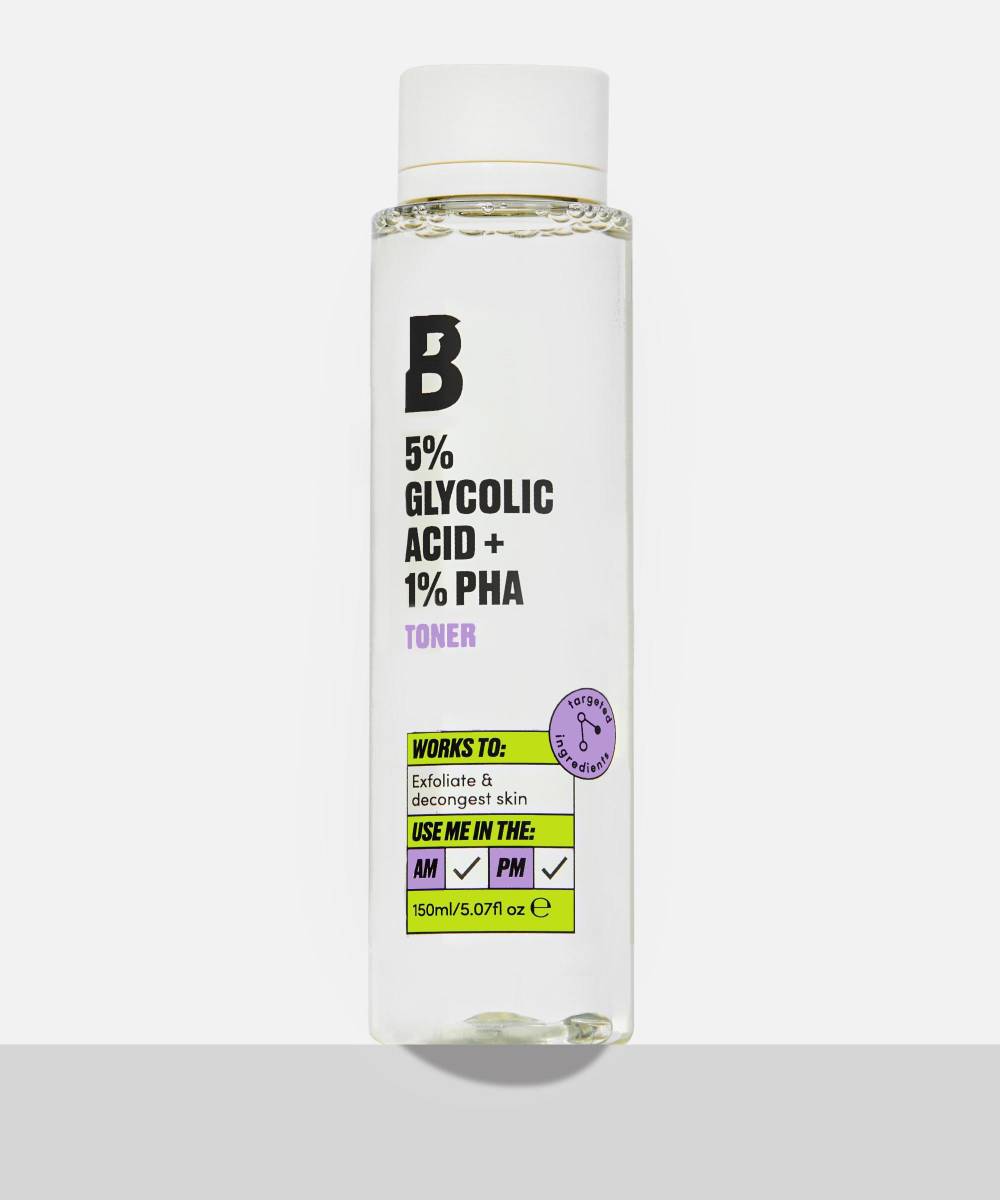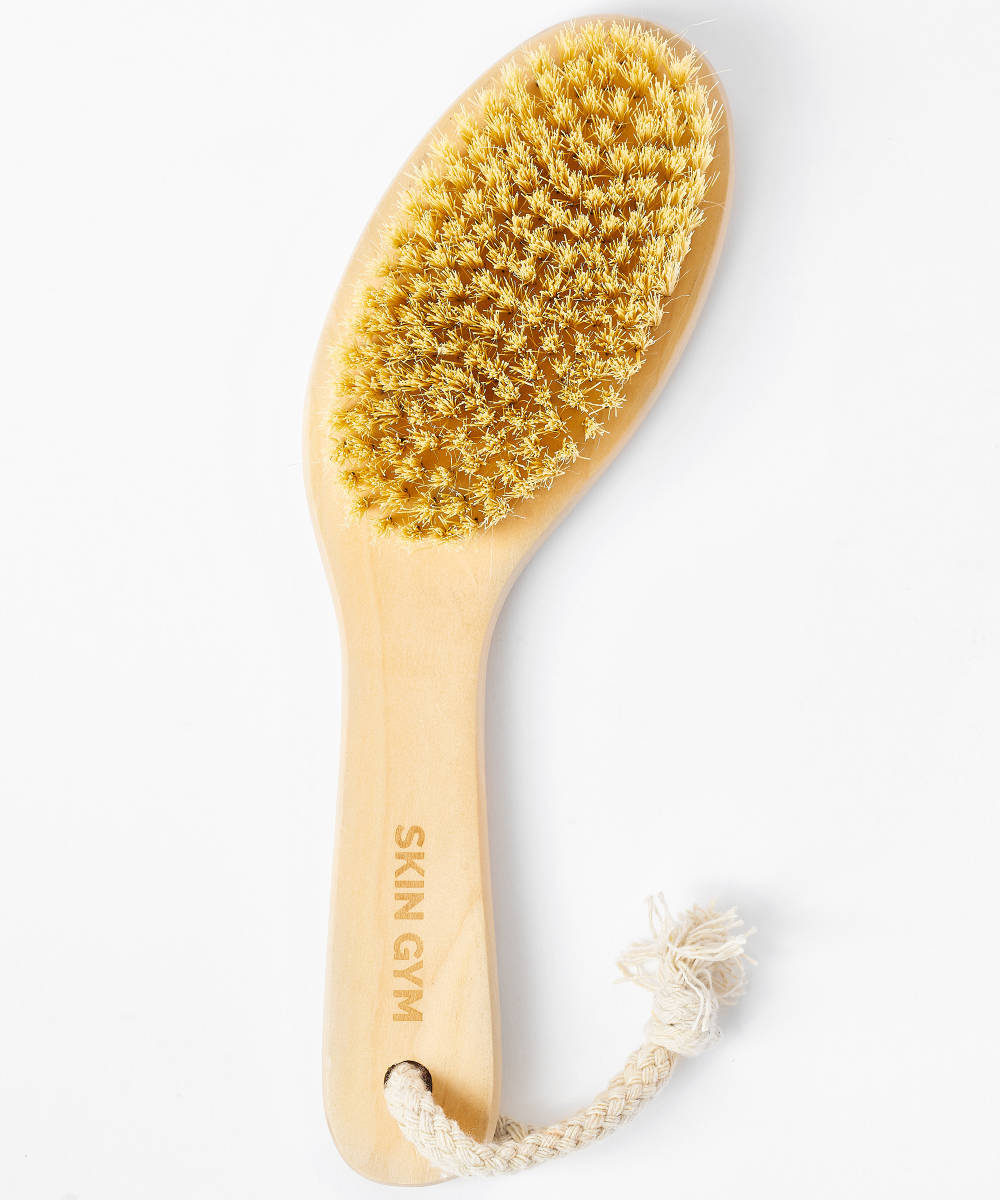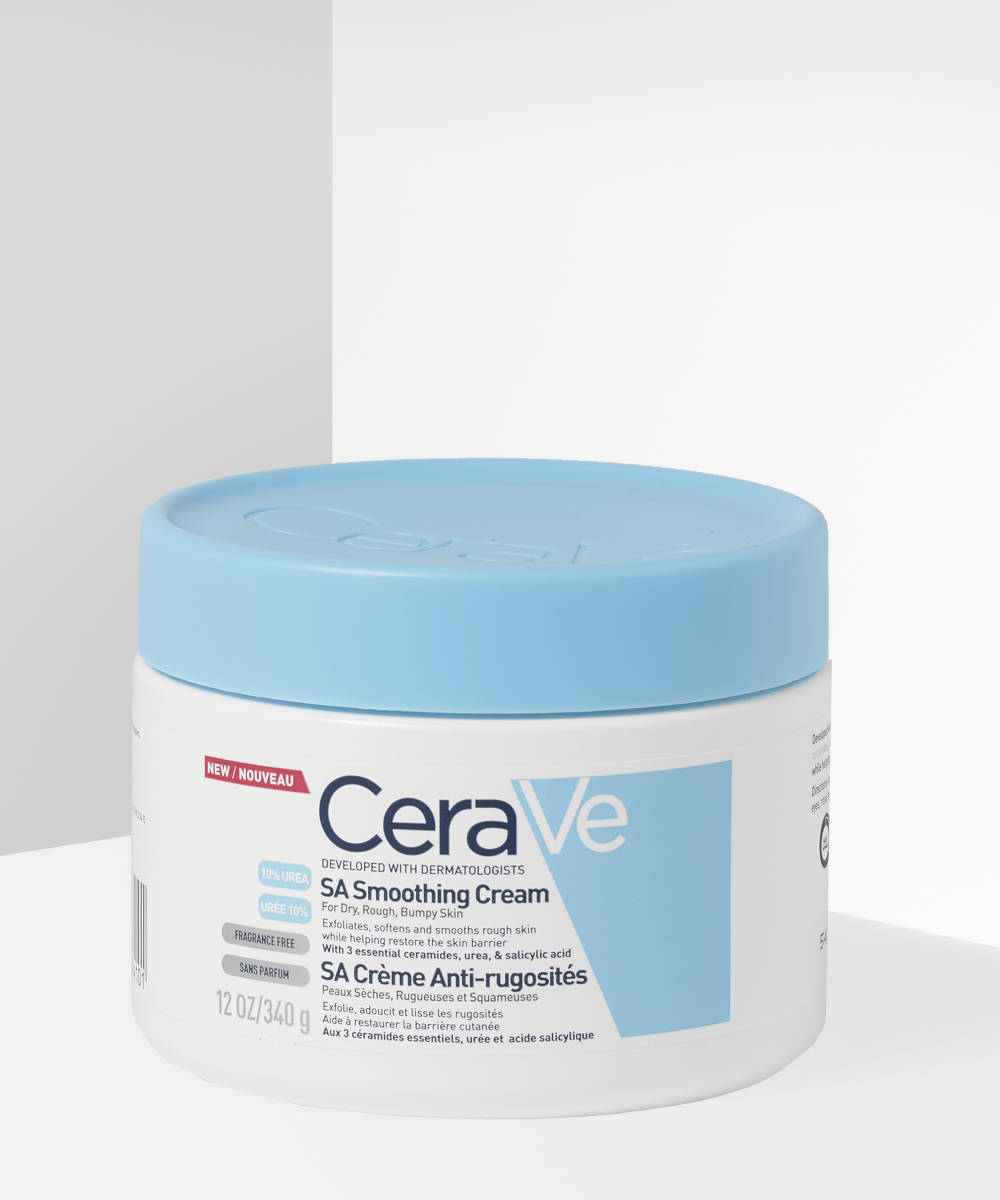Dear Grace,
I’ve started to notice bumpy skin on my arms (my mum calls it ‘chicken skin’?), which can sometimes feel quite dry and rough. It’s rarely itchy, but I’d like to get rid of it if I can. What might it be and is there anything I should be doing to treat it?
Oh yes, rough, bumpy skin on the backs of our arms is one of the less glamourous beauty issues we humans have to deal with. What many people refer to as ‘chicken skin’ is professionally known as keratosis pilaris or KP – it’s completely harmless, pain-free, and non-contagious, but it can be uncomfortable and not everyone likes knowing it’s there.
Real talk: KP is a genetic condition, meaning you inherited it from your parents and it can’t be completely “cured”. However, with the right products you can definitely relieve the symptoms and prevent it from worsening. Bumps on the backs of the arms are the most common way to spot KP but many people will also find them on their thighs or bum, and they can appear in other places. The bumps are usually the same colour as your skin but can sometimes be red or brown and may occasionally feel itchy – usually in warmer or more humid climates.
Basically, if you have KP, the follicles of your skin overproduce keratin (which is naturally found in skin, hair, and nails). The keratin builds up and your skin isn’t able to exfoliate itself fast enough, so your follicles get clogged easily and the bumps form.
When it comes to treating KP, it’s best to treat your skin like dry skin. That means moisturising regularly, avoiding heavily fragranced body care products, taking cool or lukewarm showers or baths, patting (not rubbing) your skin dry, and gently exfoliating your skin. Exfoliation is one of the most effective ways to smooth textured skin, but this doesn’t mean you should grab the nearest scrubbing brush – the wrong type of exfoliation (as well as scratching or itching) can actually make the bumps worse. Many brands now make exfoliating products specifically designed to treat KP and there are some pretty good multitasking facial exfoliators you can use on KP too. Look out for scrubs, toners, and moisturisers that contain ingredients like urea, lactic acid, glycolic acid, or salicylic acid. These are known as keratolytics as they help to soften the keratin, loosen build-up, and moisturise skin. Swiping rough areas with a cotton pad soaked in an exfoliating toner daily is one of my favourite ways to keep on top of my mild KP, whereas my boyfriend has it more severely and prefers to use a physical scrub as well as applying a moisturiser twice a day.
If you don’t want to waste time experimenting with products I’d nudge you in the direction of DermaDoctor’s KP range – specially formulated with key KP-busting ingredients like glycolic acid and urea, well known for their ability to level out skin’s texture in record time. And if you’re reading this and you’ve only just realised you experience the above? Keep doing what you’re doing. KP is totally harmless and it’s only a nuisance if you want it to be. You’re totally fine.
Grace's Top Picks For Keratosis Pilaris
From chafing to ‘chicken skin’ arms, summer brings a whole new medley of beauty concerns into play. If you have a question for our resident beauty editor Grace Day, tweet us at @beautybay using the hashtag #AskGrace for a chance to be featured.






